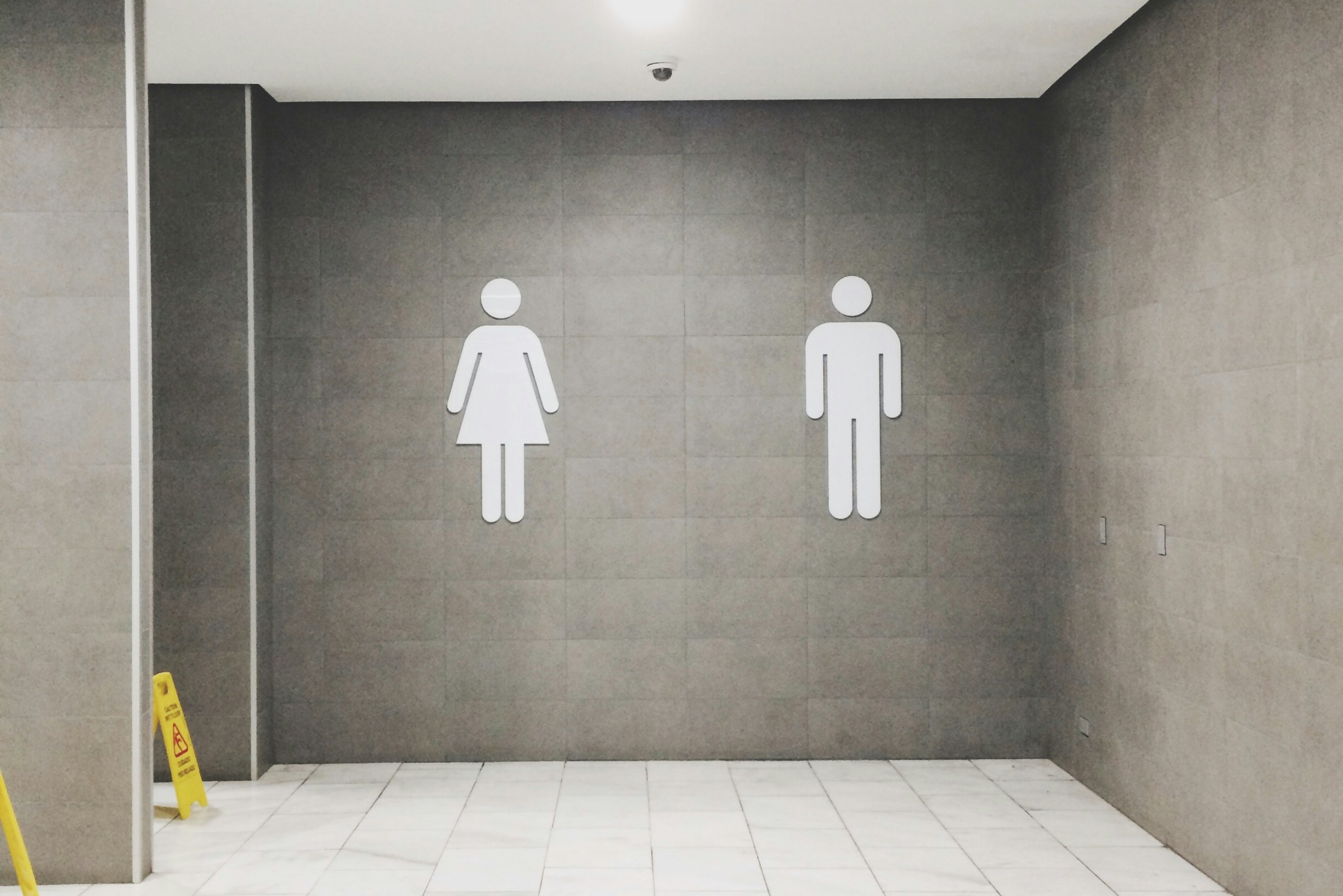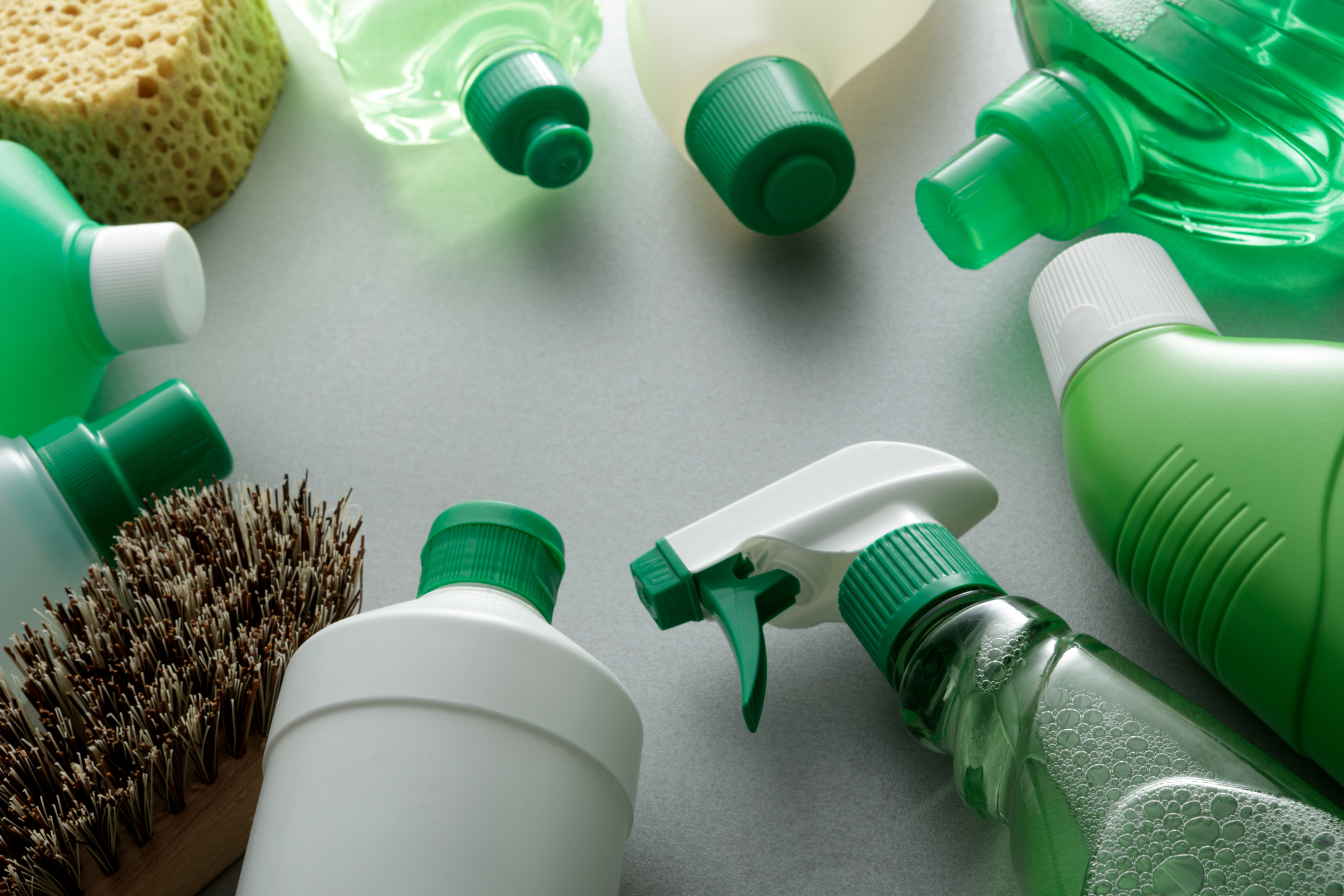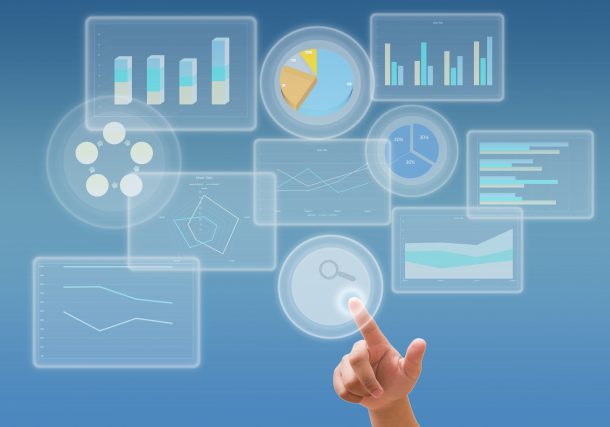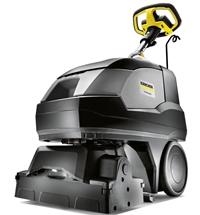
A recent Statista survey of building service contractors (BSCs) and commercial cleaners in North America covering 2017-2023 indicates that restrooms typically account for about 40% and up to almost 52% of all complaints from site users, well ahead of shared spaces, hard floors, carpets, and rubbish.
These findings underline the importance of hygienic and cost-efficient cleaning systems in restrooms, including paper and dispenser solutions. The job is made more difficult because of well-publicised staff shortages in the cleaning industry.
Promisingly, an exciting transformation is occurring in restroom monitoring and cleanliness, courtesy of smart sensors and automation, that can be applied to restroom fixtures, such as paper, soap dispensers, and even toilet seats. These sensors provide data on usage patterns, allowing facility managers and cleaners to streamline maintenance schedules.
“At the heart of it is using data-driven systems that let cleaners work in a more efficient way,” says Robin Craigie, Tork marketing manager for washroom at hygiene and health company Essity Australasia. “Instead of doing the circular route cleaning of restrooms that’s been done in the past, you can tailor your cleaners’ activities to be more efficient through the use of data.”
Some major hygiene companies are offering such technology solutions. In Tork’s case, its Tork Vision Cleaning solution involves a three-step process: first, restroom sensors measure visitor numbers and dispenser refill levels; second, a gateway collects data securely in the cloud; and third, the real-time information is displayed and accessed on a laptop, tablet, or mobile phone. The Tork data indicates that the system results in dispensers being stocked 99% of the time, while dispenser checks are cut by 91%, saving up to 20% of cleaners’ time compared with pre-set cleaning routines.
Despite such findings, Craigie admits that the real challenge now is to encourage behavioural change and convince more facility managers and cleaners to embrace data-driven technology. “We feel that in the longer term, it’s definitely the way that the industry will go, but we’re in that early adoption phase of trying to get them to adopt the technology and use the data,” Craigie says.
STRIVING FOR A BETTER WAY
In the future, predictive modelling and machine-learning algorithms will increase and likely be part of best-practice restroom management as manual checklists and periodic cleaning inspections are superseded.
Dani Anderson, general manager of customer and commercial at ARA Property Services, says understanding peak usage times of restrooms and allocating cleaning staff accordingly is crucial. ARA Property Services is trialling sensor technology to complement existing practices, such as monitoring swipe card entries into a building. “Any numbers that tell us how many people are using the facilities is a really good starting point so that we can allocate labour appropriately,” Anderson says. “It’s certainly not a set-and-forget style cleaning model anymore.”
According to Anderson, weighing up the long-term operational cost advantages of technology innovations, versus the price of purchasing and implementing such solutions, is front of mind for facility managers, cleaners, and other parties. “Trying to find a line between expectation on quality and budget requirements, then landing somewhere in the middle is important,” she says. “There are commercial considerations that come into play as well.”
PAPER CHASE
In addition to producing more hygienic and affordable outcomes for restroom cleaning, it is essential to deliver comfort for users, whether that involves new or older technology.
On that front, some well-established types of paper continue to create a better hand-drying experience for people than cheaper, less absorbent products. Rob Graham, general manager at Solaris Paper Australia, says, for example, that air-dried (TAD) paper towels are still in demand. “It’s making thorough hand drying quicker and gentler as the paper is softer and more absorbent than standard paper towels,” he says.
In addition to being popular with consumers, the machines used to make TAD products can also run faster and deliver better-quality paper products, leading to cost and quality gains.
Graham says Solaris Paper clients are also requesting high-capacity paper dispensers that cut servicing times and costs. They also value flexible dispensing solutions that do not limit them to one brand of refill. Further agility comes from selecting a washroom paper partner who can source tissue from different mills to combat possible supply-chain disruptions. “With supply chains facing numerous challenges, facility managers are looking to partner with distributors and mills who have multiple supply options,” Graham says.
Martin Tofts, national key account manager, facilities management at Bunzl Australia & New Zealand, agrees that customer comfort is on the agenda in restrooms. “It’s a fine line between reducing costs and maintaining a high customer washroom experience,” he says. “If the customer doesn’t feel a satisfactory level of comfort, then this will be a factor for them in deciding whether to visit this facility or how much time is spent there.”
Although there is a perennial debate about the relative merits of hand towels in restrooms versus air dryers, the health care industry’s relatively low uptake of air dryers reflects the view that single-use paper towels are a more effective and hygienic way to dry hands in some settings.
By contrast, Anderson says many of ARA’s customers are exploring ways to reduce their paper use for budget and environmental reasons. “There’s a huge appetite to essentially move away from paper in its entirety,” she says. “It’s not only an overhead with an environmental impact, but then there’s the cost of disposing of paper as well.”
Anderson concedes, though, that some customers baulk at the cost of installing air dryers across an entire facility.
COUNTING ON DISPENSERS
With dispenser management systems, Tofts says the use of traffic counters at the entrances of restrooms can ensure that facilities are cleaned based on patronage rather than a pre-set schedule.
Bunzl is also trying to help facility managers adopt more sophisticated practices around the deployment of dispensers that can deliver cost and sustainability benefits. “We find that having dual jumbo roll dispensers reduces waste, which coincides with cost (efficiencies),” Tofts states. “The responsibility of the cleaner is to ensure that the dispensers are always full. Therefore, if the roll has 25% remaining, they may remove that roll and replace it with a full roll to reduce the risk of the dispenser getting empty.”
Larger hand towel dispensers offer advantages, too. “This reduces the risk of the cleaner replenishing the existing dispenser with as many clips of paper as possible, running the risk of compaction and seeing clumps of paper being pulled from the dispenser, (and) again contributing to wastage and costs,” Tofts claims.
Essity research highlights the importance of better dispenser management for facilities, noting that 82% of employees feel uncomfortable when they cannot get soap or hand towels because of empty dispensers. This can also result in unhappy customers and complaints.
Craigie admits that with data-driven dispenser solutions, cleaning teams become empowered and more efficient. “Imagine from a cleaner’s perspective if they never have to go and check on the dispenser,” he says. “They know exactly where they need to go, when they need to go there, and what they need to take there.”
SUSTAINABLE OUTCOMES
Technology-enabled restroom management can also contribute to environmental and sustainability gains.
Bunzl’s head of sustainability, Felicity Kelly, says the trend is towards reusable and refillable high-quality dispensers in restrooms that generally result in waste reductions and less use of products. “The whole driver is really around diverting waste from landfill,” she says.
While there is often an assumption that all paper hand towels can be recycled, Kelly says that is not always true. Some paper products can be recycled, and others may be compostable, “but for the most part, it will go to a landfill.”
She advises facility managers to discuss their paper options with suppliers and waste-service providers so they can select the most environmentally friendly product for their facility while also being mindful of costs.
For its part, Essity is committed to exploring new fibre sources such as wheat straw and promoting its Tork PaperCircle recycling service for paper hand towels in the United States and Europe. With the recycling initiative, used paper hand towels are collected and recycled into new tissue products.
While the recycling service is not available in the Australasian market, Tork regularly conducts lifecycle analyses of the carbon footprint of its products. That has led Tork to work with customers to encourage composting of hand towel products rather than putting them into landfills. “Life cycle analysis shows that composting Tork hand towels reduces carbon footprint by 50%,” says Rochelle Lake, head of marketing—B2B for Essity Australasia.
On the sustainability front, Tork is focusing on offering dispensers that reduce consumption. For example, it has a smart toilet paper dispensing system that lets users pull out just one sheet of paper at a time from a nozzle in the centre of the dispenser, a move that research indicates cuts paper consumption by up to 40% compared with a continuous roll.
INNOVATION ON THE RADAR
As sensor and data-driven technology continues to evolve, the future of restroom management looks positive, with even more operational efficiencies and sustainability gains likely in the years to come.
Lake expects the focus on consumer needs to prompt other product innovations in restrooms. For example, the dispensing of accessible period care products in government, education, and workplace restrooms is a rising trend in Australia and overseas.
“Pads and tampons are essential products that are used in the washroom,” she says. “And making them available alongside the other products like toilet paper, hand towels, and soap makes a lot of sense. For a low cost, you can make a big impact on people’s wellbeing and feeling of acceptance in the workplace.”
Data-driven cleaning is coming to a restroom near you. The emerging technology will help facility managers and cleaning contractors as they seek to streamline operations and improve the cost-effectiveness of paper and dispenser management in restrooms.
Photo by Juan Marin on Unsplash.
Comment below to have your say on this story.
If you have a news story or tip-off, get in touch at editor@incleanmag.com.au
Sign up to INCLEAN’s newsletter.





